David Pearson Conquered the World 600 Before Conquering the NASCAR Cup Series
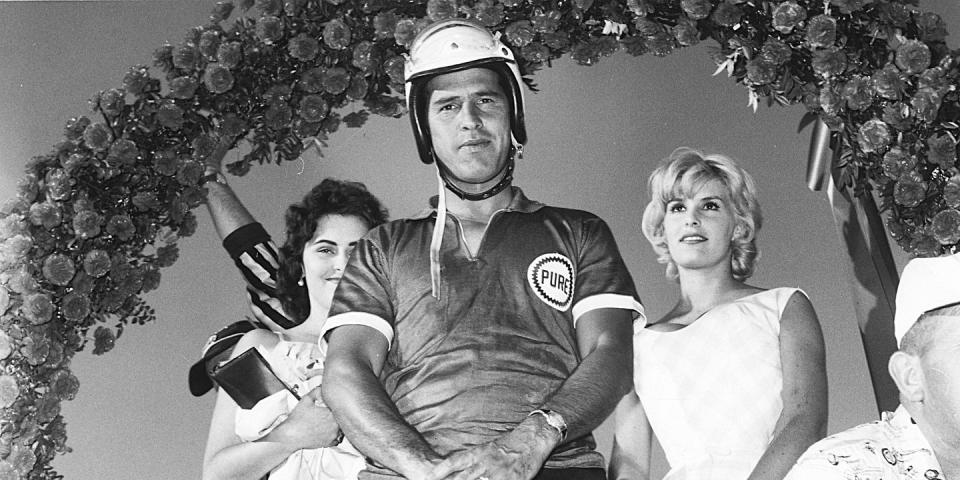
Years after he retired from driving race cars, David Pearson was amazed at the daily contents of his mailbox.
The letters came from across the country—and across the oceans. Many were addressed simply to “David Pearson, Race Car Driver, Spartanburg, S.C.” Most held requests for autographs. Some writers simply wanted Pearson to know they were fans and that they hoped he enjoyed his retirement.
Pearson won three NASCAR Cup championships and 105 races in a career that began in 1960 and ended in 1986 (he tried to return in 1989 but “officially” retired after a practice session because of back problems). He is enshrined in numerous racing Halls of Fame, twice was named the American Driver of the Year and was named Driver of the Century (the 20th) by Sports Illustrated.
His crypt (Pearson died in 2018) in Greenlawn Memorial Gardens in his hometown of Spartanburg, South Carolina, makes no mention of his heroics on track but carries this short, meaningful message: Simply The Best.
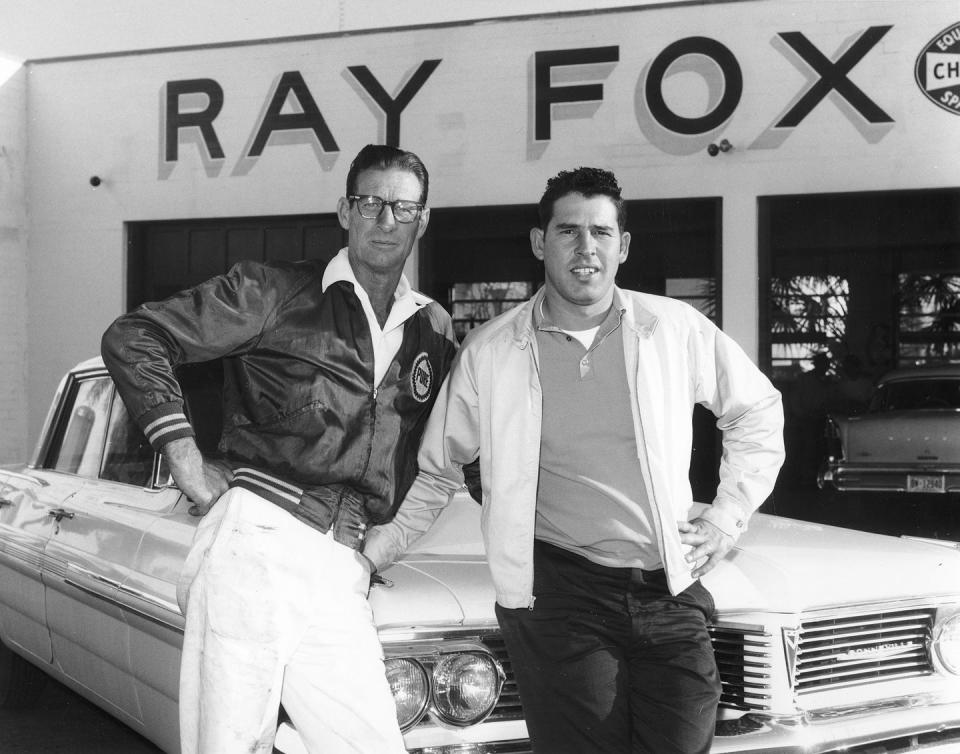
Pearson didn’t win as many races as Richard Petty or as many championships as Petty, Dale Earnhardt and Jimmie Johnson, and he wasn’t as in-your-face as Darrell Waltrip or Kyle Busch, but many who saw all the top drivers over the years will decorate Pearson as, indeed, the best.
He began proving himself in May 1961 at Charlotte Motor Speedway. Pearson had raced in his own cars in 1960, his debut season in Cup racing, and had turned enough heads to win the season’s Rookie of the Year award. But there were no wins and not much money, and Pearson looked to 1961 as a possible make-or-break season. For that to happen, he needed a real chance in a top-flight car, and the opportunity arrived in May. He was roofing a house in Spartanburg when Ray Fox, one of the sport’s top crew chiefs, called offering Pearson a ride in the May 28 World 600 at Charlotte. Pearson was aware of Fox’s excellent reputation and jumped at the chance to drive a solid race car.
After a practice session at Charlotte, Pearson drove onto pit road. Fox came over to the car and asked Pearson how it was running. “I don’t know,” he said. “I’ve never driven a race car that fast.”
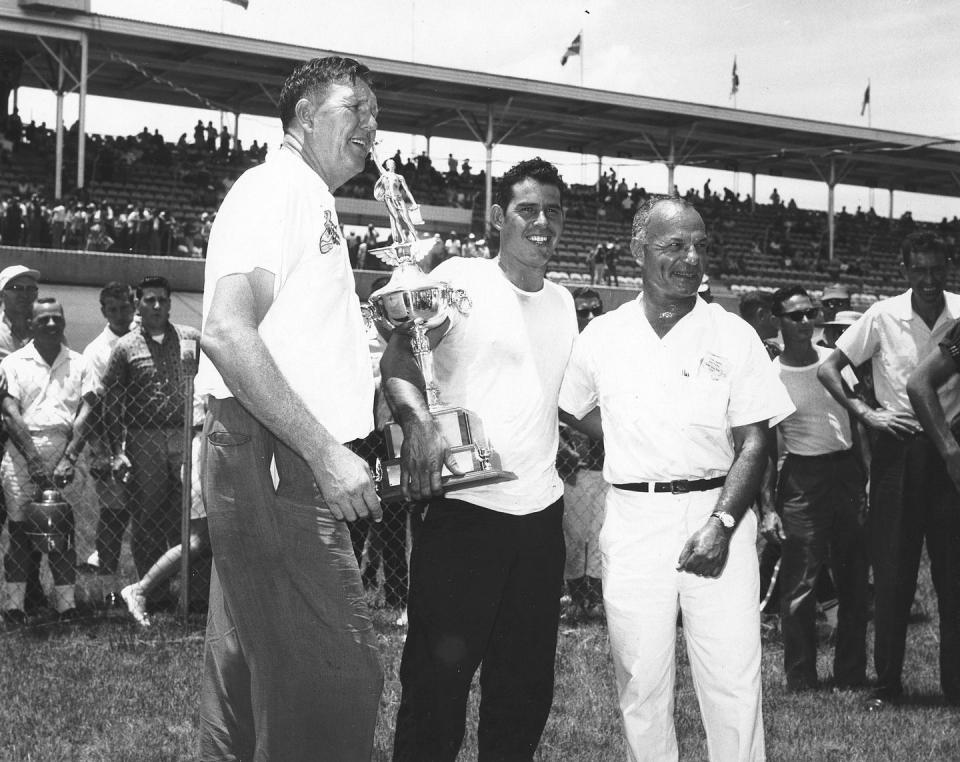
Pearson wasn’t intimidated. “I was sitting in the car getting ready to start the race,” he remembered in an interview years later. “Guys like Fireball Roberts and Joe Weatherly were up at the front. I said to myself, ‘This car doesn’t know who’s driving it. If they can do it, I can do it.’ ”
And he did. Pearson pushed the Pontiac to the front and led 225 of the race’s 400 laps, including the final 129. He had a four-lap lead on Roberts with two laps to go in NASCAR’s longest race when his right rear tire blew. Pearson stayed on the track and crossed the finish line with sparks flying from the car’s right rear rim. Roberts finished second two laps down.
Pearson had his first of 105 Cup victories and was on his way to decades of glory days at the top level of American auto racing. The Fox team won $24,280 that day at Charlotte, and Pearson used his share to buy a house in Spartanburg. Never in Pearson’s wildest dreams had he thought of paying cash for a house. “I was just a mill-town boy, but, man, I was uptown after that win,” Pearson said.
Money wouldn’t be an issue for him for the rest of his days.
“It was the biggest race I’ve ever won, and I reckon it always will be because it was the first big race I won,” Pearson said years later. “I kept thinking during the race that I was in a dream or something because I was outrunning Fireball and all the other people. It was the best feeling in the world when I finally crossed the finish line and they waved the checkered flag. I guess I was as happy right then as I’ve ever been in my life.”
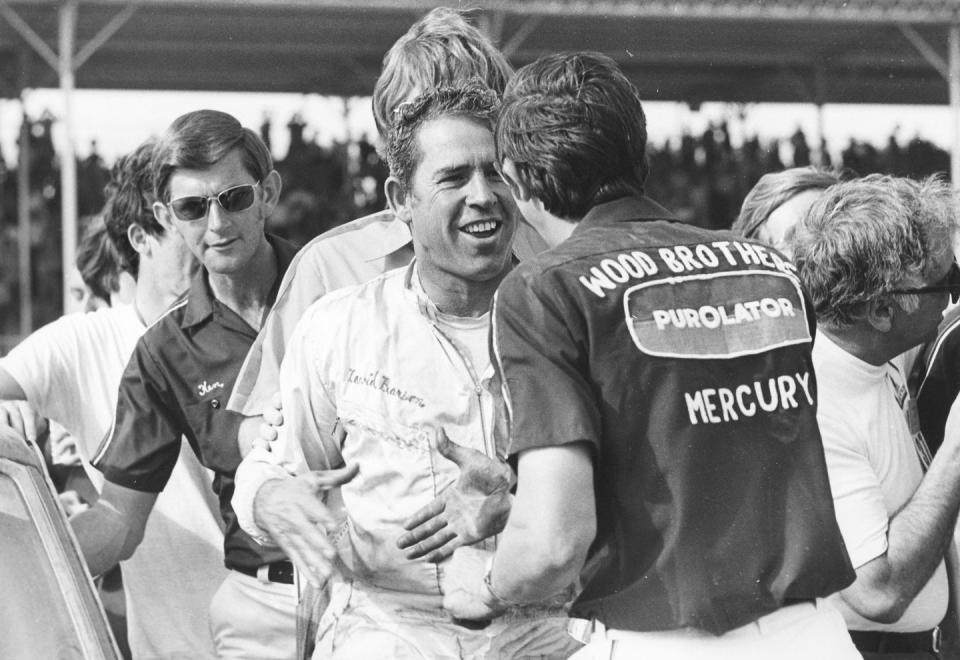
Pearson would drive on to become the second winningest driver (his 105 wins trail only Petty’s 200) in Cup history. He won the series championship in 1966, 1968 and 1969 but had his most spectacular seasons in the 1970s driving for the Wood Brothers team. In 1973, the year he picked as his best, he won 11 of 18 starts in the Woods’ cars with the famous No. 21 gold-foil number.
Pearson’s most famous win came in the 1976 Daytona 500. He and Petty, his biggest rival throughout his career, crashed in turn four racing for the win with the checkered flag in sight. Both cars spun out. Pearson alertly used his clutch to keep his engine fired, and he recovered from the spin to limp across the finish line at about 30 mph.
The 500 win was a vivid example of Pearson’s keen intelligence on race tracks. He studied over drivers’ strengths during races and often protected his equipment and tires to be stronger than everyone else at the end of a race. He earned the nickname Silver Fox both because of his on-track cunning and his salt-and-pepper hair.
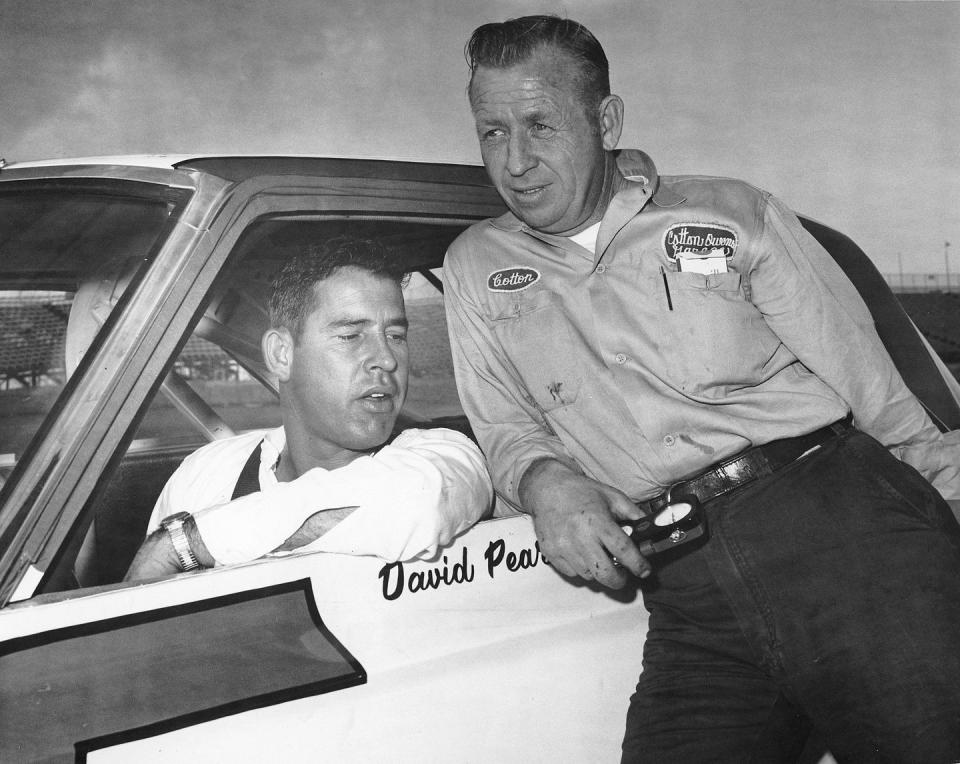
“You figure out how fast everybody else is running,” he said. “You see if you can beat them through the corners. I’d drop back and run with one and then the other. You’re figuring them out and seeing where you can beat them.”
Legendary driver, crew chief and mechanic Cotton Owens, like Pearson a member of the NASCAR Hall of Fame, once said Pearson could drive “anything, anywhere, any time. He got in an Indy car during a tire test in Atlanta in the 1960s and was running a second faster than the other guys on his third lap. Then he got out and said he didn’t like it. He could get out of one car and get in another and drive it faster than the guy who had been in it.”
But wait … there’s more
• Wood Brothers team member Eddie Wood taped pieces of chewing gum on the dashboard of Pearson’s cars. Pearson picked up a new piece every hundred miles. “It helped because your mouth would get so dry,” Pearson said. “And it was always Wrigley’s Spearmint.”
• Pearson’s greatest years came in the Woods’ bright red and white No. 21 Ford products. Ironically, he scored his first Cup win at Charlotte in a No. 3 car, a number that later would be made famous by Dale Earnhardt.

• Pearson was never injured in a race car. His worst wreck occurred at Bristol Motor Speedway when contact with another car sent him into the wall. “I didn’t get hurt, but it scared me because it knocked my shoes off,” Pearson said. “I had always heard that when people were killed in a car wreck it knocked their shoes off. I didn’t know if I was dead or not.”
• In 2000, Spartanburg named the road that runs through the Whitney mill village, Pearson’s childhood home and the location of the textile mill where he worked at 16, David Pearson Highway. “It was a big honor,” Pearson said. “I’m most impressed because it won’t have a speed limit.”

 Yahoo Autos
Yahoo Autos 